What is an LED tri-proof light
An LED tri-proof light is an enclosed and gasketed light fixture that is designed for use in environmentally demanding locations. The term “tri-proof” means that the fixture is watertight, dust-tight and corrosion resistant. It’s a little bit of Chinese-style English. In fact, almost all tri-proof lights are constructed to be in a way that dust, water and vapor will not enter the enclosure, so they are vapor-, water-, and dust-tight. In contrast, a waterproof or dust-proof luminaire is so constructed or protected that water or dust might enter the enclosure but will not interfere with its successful operation. In North America, these types of light fixtures are called vapor tight fixtures.
A wide range of uses
Tri-proof lights have a diversity of use not found in other types of lighting systems. A vast variety of applications are accommodated by tri-proof lights, ranging from commercial, industrial and retail spaces to institutional buildings, hospitals to outdoor covered structures. In these facilities, lighting often needs to fulfill special requirements due to the presence of high humidity, dusty or corrosive atmosphere as well as splashing water, hosedirected water, spillage or other soiling with normal use. These environments are frequently seen in car washes, warehouses, parking garages, cleanrooms, food processing plants, stairwells, pool areas, sauna, laundry rooms, utility rooms, mechanical shops, industrial kitchens, livestock containment buildings, breweries, underpasses, tunnels, etc. The rugged, watertight lighting systems can be surface mounted to a ceiling or wall, or suspended by a chain, cable or stem.
Disadvantages of fluorescent and HID technologies
Over the past decade, lighting technology that is used in tri-proof lights has seen a monumental shift from conventional fluorescent and high-intensity discharge (HID) technologies to solid-state LED lighting. Long operating hours, harsh environmental conditions, unique building characteristics, and the requirements to comply with applicable fire, safety and material codes create great lighting challenges in many facilities. Conventional vacuum-based lighting technologies are not only inefficient but also short-lived, making maintenance and relamping a vital routine. Frequent on/off switching accelerates the aging of HID and fluorescent fixtures. Furthermore, HID lamps require an extended warm-up period to reach their full output. Poor switching performance makes it impossible to build controls into the fixtures so that lighting is made adaptive to the environment or demand. Envelope failures of metal halide lamps and overheated ballasts of fluorescent fixtures present a serious fire and explosion risk in locations made hazardous by the presence of flammable vapors or gases, easily ignitable fiber or combustible dusts.
Advantages of LED tri-proof lights
LED tri-proof lights outperform HID and fluorescent light fixtures in virtually all aspects: energy efficiency, lifespan, controllability, and durability. Industrial and commercial facilities have always demanded lighting systems that consume minimal energy, provide robustness use in the toughest environments, deliver utmost safety and dependable illumination for critical tasks. Apart from a luminous efficacy of over 200 lm/W at a component level of LED technology, the instant dimming and fast switching capabilities of LEDs unlocks the energy savings potential of lighting controls. Through connectivity with sensors and networks, LED tri-proof lights can provide fully adaptable lighting. Facility managers do not have to leave lights on round-the-clock, whether they’re needed or not. LEDs by their very nature do not create fire and explosion hazards. Unlike fluorescent lamps that need a spike of high voltage to get the arc started and HID lamps of which the quartz arc tube operates at high pressures, LEDs create optical radiation through electroluminescence within a semiconductor package.
Lamp-based systems
Tri-proof lights come typically in a linear design except that the wall mounted version usually takes on the form of a jelly jar. LED tri-proof lights used to be lamp-based systems which use retrofit LED lamps such as T8 or T5 LED tubes. They’re constructed in a same configuration with linear fluorescent fixtures. The problem with lamp-based LED systems is that the performance of the luminaire is determined by the retrofit LED lamps. Retrofit LED lamps, however, are often compromised in system reliability, circuit efficiency, thermal management and light quality as a result of low cost system designs and size constraints.
Oftentimes, the LED tubes only have a slightly longer lifespan and a moderately higher efficiency than fluorescent lamps. The thermal design of self-contained LED lamps is undercut when they operate in an enclosed environment. The heat generated by the LEDs within the lamps cannot be efficiently dissipated to the ambient atmosphere, which shortens the LED service life and the temperature-sensitive driver components. The transition from conventional technologies to LED in this way is not as meaningful as the technology itself.
Integrated systems
The key to maximizing efficiency and reliability of an LED system, however, is to have LEDs integrated into the system. Optimal driver circuit configuration and thermal management must be simultaneously taken into account of the system design. Mounting LEDs directly to the luminaire housing allowing the entire housing to perform as a heat sink, which maximizes the effective surface area and shortens and allows heat generated by the LEDs to be transferred to surrounding environment of the luminaire via the shortest possible thermal path. Effective heat dissipation and tight drive current control ensure the critical junction temperature is maintained at all times and in all operating conditions.
The integrated approach to system allows for greater integration flexibility since the luminaires typically have a larger volume to accommodate driver and control circuitry. The LED driver is a critical component in determining the performance and life of an LED tri-proof light. It must provide excellent line and load regulation with low total harmonic distortion (THD) and a high power factor (PF) regardless of the input voltage and power quality. Where dimming is required as part of a control strategy, the LED driver must provide compatibility with specific dimming protocols. Dimmable LED tri-proof lights usually come standard with 0-10V dimming.
Construction
An LED tri-proof light has a housing constructed from extruded aluminum, stainless steel, or fiberglass reinforced polyester. The metal housing provides excellent heat dissipation for the light engine while the non-metallic construction provides excellent corrosion resistance. The LED modules that are linear MCPCB assemblies of soldered mid-power LEDs are mounted to the metal housing or a die-formed steel tray which acts as heat sink for luminaires with a polycarbonate housing. The LED driver may be mounted to an aluminum rail or in a place that is thermally isolated with the light engine. LED tri-proof lights may be installed with occupancy sensors, control systems and emergency functionality. These low bay, ambient lightings systems use injection molded, impact resistant, high transmission frosted acrylic lens, clear acrylic lenses have linear prisms, or UV stabilized polycarbonate lenses to mitigate glare and provide uniform light distribution.
Ingress protection (IP)
Vapor tight lights are fully gasketed to provide total protection from dust, dirt, water and moisture penetration. A poured-in-place silicone gasket allows the flanged lens to fit snugly for a tight, continuous seal. The lens is usually secured to the housing with polycarbonate or stainless steel latches. Vapor-proof, water-tight IP68 connectors may be provided at both ends of the fixtures for continuous feed.
LED tri-proof lights are sealed to an ingress protection (IP) rating of 65 or above. IP65 rated fixtures are protected against low pressure jets from all directions. IP66 rated lights are protected against the strong water jects. IP67 rated fixtures are able to withstand temporary immersion in water between 15 cm and 1 m. Lights rated IP68 are able to withstand continuous immersion in water. The watertight fixtures may come equipped with pressure equalizing vents to protect against premature seal failure for long lasting integrity of the enclosure.

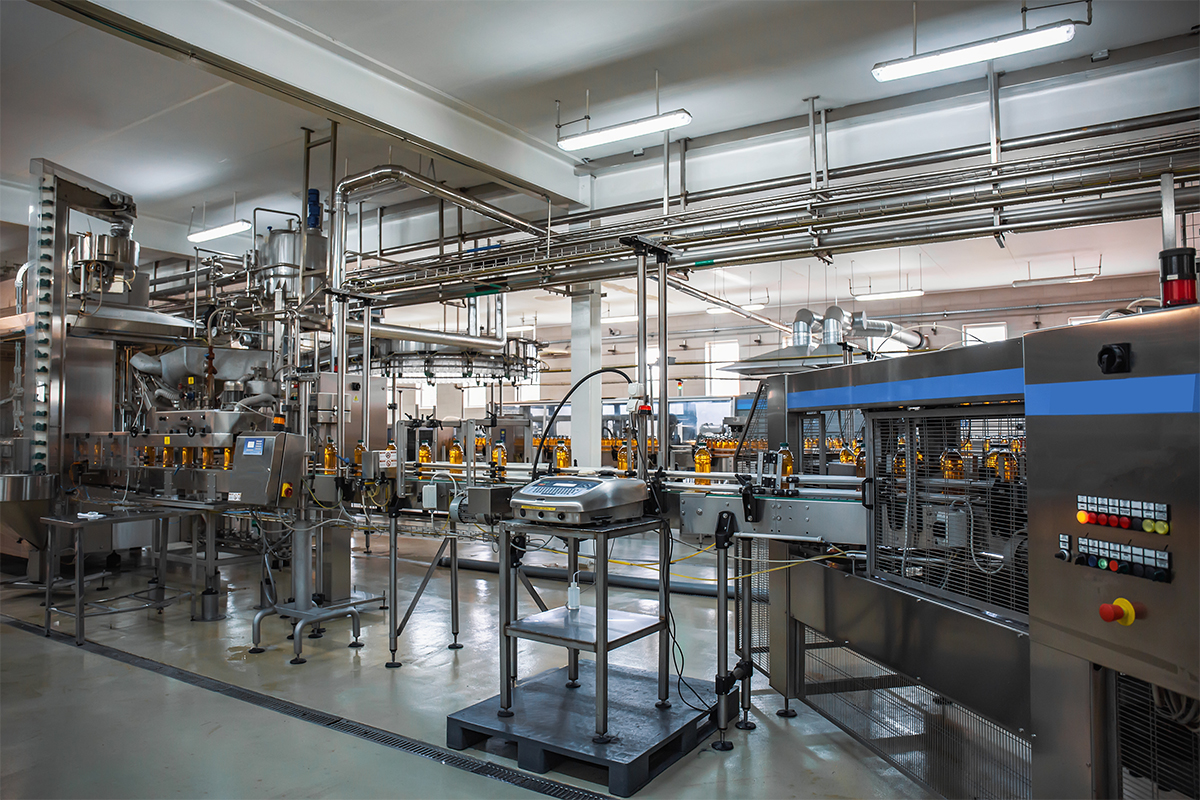

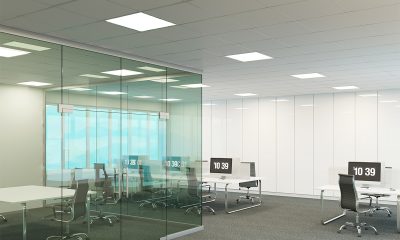
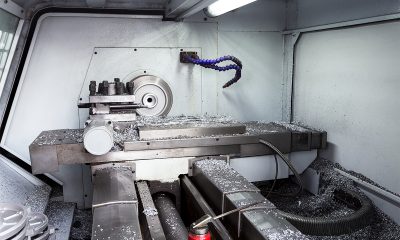
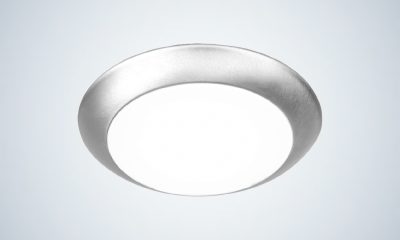
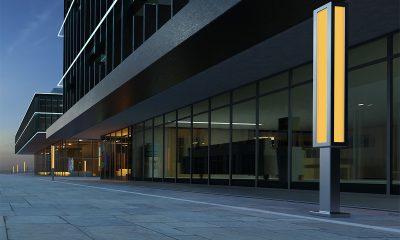
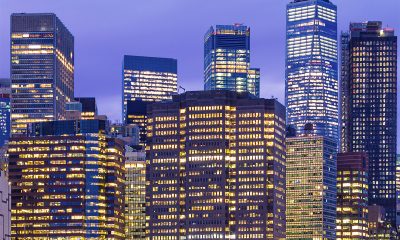
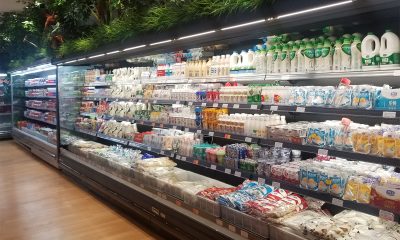

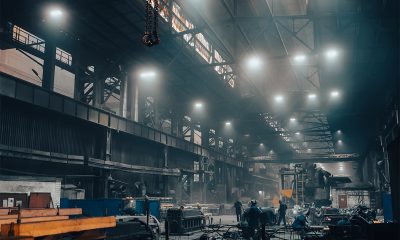
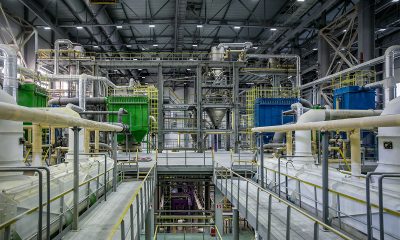
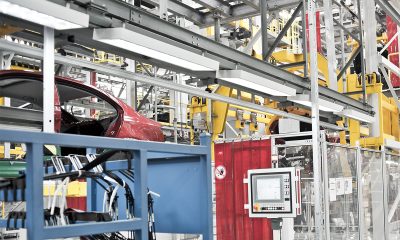
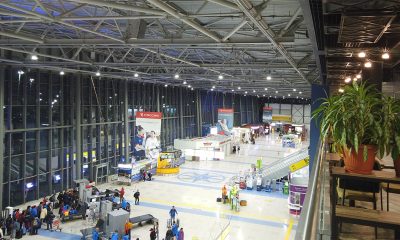





Loading...